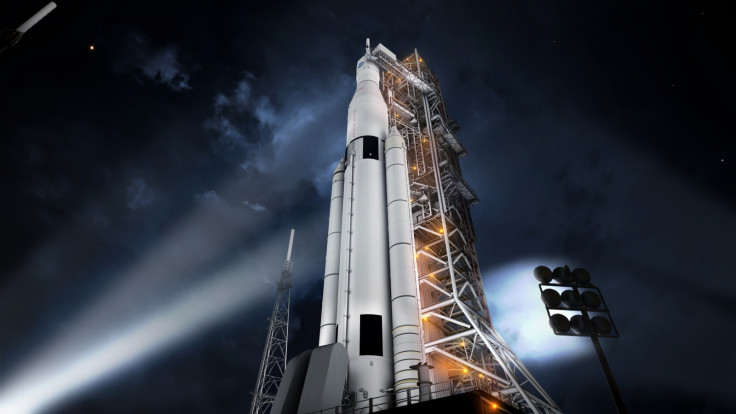Nasa's SLS the world's most powerful rocket clears design review

A major design review of Nasa's Space Launch System (SLS) was completed last week clearing the stage for work on the world's most powerful rocket.
When completed in 2018 it will launch astronauts in the Orion spacecraft on missions to an asteroid placed in the lunar orbit, and eventually to Mars.
But its first mission -- Exploration Mission-1 -- will launch an unmanned Orion spacecraft first to check for safety.
Throughout 11 weeks, around 13 teams reviewed more than 1,000 files of data as part of the assessment process.
Todd May, SLS program manager at Nasa's Marshall Space Flight Center in Huntsville, Alabama said: "Critical design review represents a major commitment by the agency to human exploration, and through these reviews, we ensure the SLS design is on track to being a safe, sustainable and evolvable launch vehicle that will meet the agency's goals and missions."
The review was for the first of three configurations planned for SLS, referred to as SLS Block 1.
Standing 322 feet tall, it will provide 8.4 million pounds of thrust at liftoff, weigh 5.5 million pounds and carry 70 tonnes of payload.
Twin solid rocket boosters, powerful engines, flight computers, avionics and the core stage have to work perfectly to get the Block 1 into space.
The core stage, at 200 feet height and a diameter of 27.6 feet, will carry cryogenic liquid hydrogen and liquid oxygen for the vehicle's four RS-25 engines.
The space agency has been simultaneously testing the RS-25 rocket engines that will power the SLS, after successfully powering the space shuttle fleet for 30 years.
On the shuttle, the RS-25 routinely operated at 491,000 pounds of thrust. On SLS, it will operate at slightly higher 512,000 pounds of thrust for the first four flights.
Later this year, Nasa plans to carry out similar reviews for the Orion programme at Johnson Space Center in Houston and Kennedy Space Center in Florida, US.
© Copyright IBTimes 2025. All rights reserved.




















